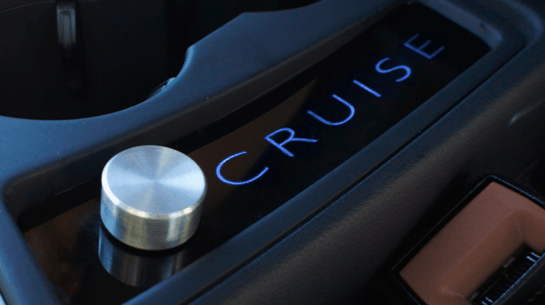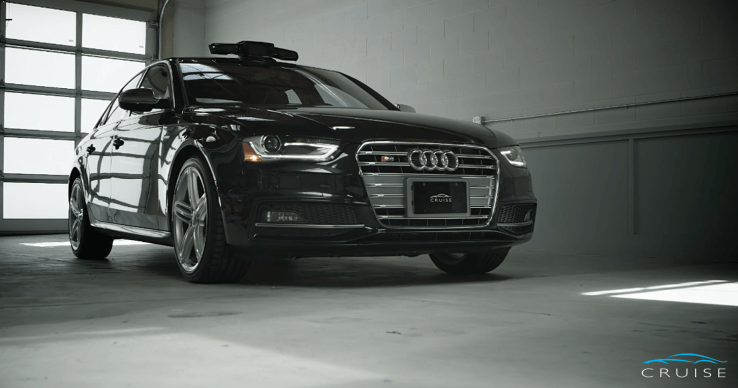
by Sheren Javdan
June 23, 2014
A San Francisco based startup company, Cruise Automation Inc. a Delaware corporation, has built the first autopilot highway system that attaches to your existing vehicle. For $10,000 Cruise allows drivers to effortlessly drive down highways, avoid hazardous situations and navigate through streets without using the steering wheel or breaks.
The startup was founded by MIT dropout and company CEO Kyle Vogt, Rita Ciaravino, Daniel Kan and Ian Rust. Vogt studied electrical engineering from MIT and cofounded SocialCam, a video application acquired for $60 million. Currently the startup employs eight MIT graduates with various educational backgrounds in robotics and engineering.
Cruise is not in the business of making complete self-driving vehicles, something Google has recently announced its plans to produce. And unlike typical cruise control that does not navigate roads or give drivers any control over the vehicle, Cruise has created a vehicle that allows drivers to drive while eliminating the “mundane parts of driving and improving safety.”
The startup has created a system that drivers can mount on their existing vehicles and use instantly.
HOW IT WORKS
The startup developed a system, the Cruise RP-1, that contains three main components.
Sensor Pods
The sensor pod is mounted to the roof of the vehicle. Through the use of cameras, radars and other measuring systems, the pod transmits the information it detects to the Cruise Computer which then makes “real time decisions on where to go.”
Cruise Computer
The brain of the RP-1 is installed in the trunk of the vehicle and takes up less than two feet of space. It is a thin one-foot computer that is mounted on the side of the trunk utilizing the vehicle’s electrical system.
The computer uses “state-of-the-art” computer algorithms to calculate what is necessary to keep drivers safe. The computer will develop and collect necessary date to measure the surroundings of the vehicle. It will then automatically adjust the speed, steering and breaks to avoid accidents.
Actuators
Actuators, motor systems responsible for the moving and controlling of systems, are installed behind the driver’s footwell to allow for automatic sped, steering and breaking of the vehicle.
The startup also accounted for controls that are installed into the car that make turning autopilot on and off easy. With the simple click of a button, RP-1 can be turned on to allow full control of your vehicle. Once engaged, in addition to steering, accelerating and breaking, the system will also keep the vehicle in the correct lane and account for objets on the road.
Every installed system includes an application that shows drivers everything the RP-1itself sees. Drivers using the application are able to monitor their surroundings, speed and keep track of the lane markers all from their phones.
The startup company however, stresses Cruise does not replace a human driver. A human is needed to maintain altertness, safety and traffic regulations.
HOW TO GET ONE
Cruise is taking preorders for 50 units at $10,000 each. The cost covers the system and installation which takes a few hours in the startup’s San Francisco office.
Currently, the system is only available for Audi A4 or S4 vehicles. However, the startup’s team of MIT engineers are working to expand the product. “We have plans to expand to other models” said Vogt. Although Vogt points out that creating a product with auto manufacturers directly can take anywhere from three to five years, Cruise’s goal is to eventually transform any car into a driverless car.
“There are 30,000 deaths a year from car accidents. Ninety percent of those are caused by humans. When you put a computer in a car, each one of our systems has this corpus of knowledge from thousands of hours of driving. It never gets distracted and never falls asleep. If we have technology that can compensate for the shortcomings of people, we have a responsibility to do something about it” said Vogt.
Topics: Apps, Google Inc., Small Business, Startups











